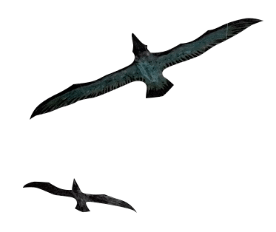All News
-

Love and Concrete
Feb 13, 2017
-

Lots of Concrete!
Jan 31, 2017
-

A Sunny Construction Update
Dec 14, 2016
-

An Autumn Construction Update
Nov 02, 2016
-

Just Back From Copenhagen
Oct 04, 2016
-

New Nordic Museum Groundbreaking
Aug 10, 2016
-

Happy Syttende Mai!
May 16, 2016
-

Nordic National Museums Come to Seattle
Apr 27, 2016
-

A Visit From Sweden — April 5, 2016
Apr 05, 2016
-

March—In Like a Lion
Mar 24, 2016
-

Helsinki
Feb 10, 2016
-

On to Oslo!
Feb 10, 2016
-

On to Stockholm!
Feb 03, 2016
-

A GREAT ESCAPE
Jan 31, 2016
-

Breaking News!
Jan 21, 2016
Page 6 of 6
Next

